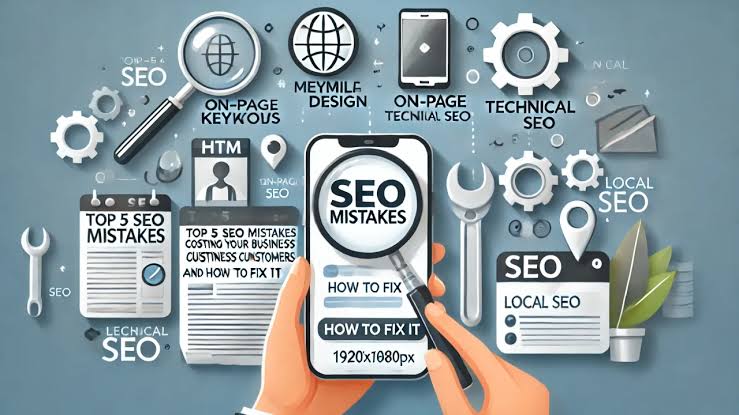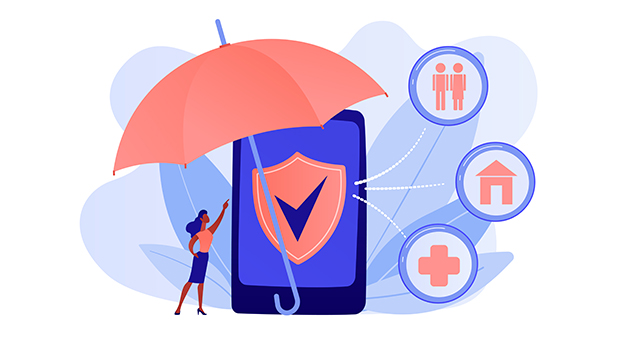How to Build Apps that Comply with Accessibility Standards (WCAG)?
It is important to make sure that all users, including those with disabilities, can use apps by making sure they follow the Web Content Accessibility Guidelines (WCAG). Accessibility not only brings in more users but also makes existing users happier and more loyal. This detailed guide will go over the steps and best practices that meet WCAG for mobile apps.
Understanding WCAG
The Web Material Accessibility Guidelines (WCAG) are suggestions for how to make web material easier for people with disabilities to access. The guidelines are based on four concepts, which are written as POUR: Perceivable, Operable, Understandable, and Robust.
1. Perceivable: Users must be able to understand the information and parts of the user interface that they see.
2. Operable: The user interface and movement must be able to be used.
3. Understandable: Both the information and how the user tools work must be easy to understand.
4. Robust: Content needs to be strong enough that a lot of different user agents, like assistive tools, can reliably understand it.
5 Steps to Build WCAG-Compliant Apps
#1. Planning and Analysis
(a). Understand Your Audience
Figure out what are the problems of your users. There are various types of disabilities, such as neural, speech, cognitive, language, learning, and hearing. Thus, with this information, you will be able to add the required mobility features.
(b). Familiarize with WCAG Levels
There are three levels of conformity with the WCAG guidelines:
➡ A (Lowest): Fundamental tools for web accessibility.
➡ AA (Mid-range): This level is designed to get rid of the biggest and most common obstacles that handicapped users meet.
➡ AAA (Highest): This is the highest level of web accessibility and the hardest to achieve.
It is quite justified and sufficient to go for AA compliance mostly.
#2. Design Phase
(a). Use Semantic HTML
Screen readers and other assistive tools can comprehend and use your app more effectively if you use semantic HTML. The things that are needed are, and give the page background.
(b). Color Contrast and Text
Check that the words and background are distinct enough in color. WCAG states that the contrast ratio for normal text should be a minimum of 4. 5:1. and for big text, it should be at least 3:1. This can be achieved with the assistance of tools such as WebAIM’s Color Contrast Checker.
(c). Text Resizing
The text should be able to be enlarged up to 200% without the loss of content or functionality. In order to the text size, do not use fixed units like pixels. Rather than, use relative units like ems or percentages.
(d). Keyboard Navigation
A computer must be the only way to use all the functions. This involves navigation controls, forms, and features that can be used for interaction. Please ensure that the focus markers are visible and make sense.
#3. Development Phase
(a). ARIA (Accessible Rich Internet Applications)
Roles, states, and properties in ARIA can make dynamic material a lot easier for people with disabilities to access. ARIA, in contrast, should be used for enhancing the original HTML elements, not for replacing them.
➡ Roles: Explain what an element is (e.g. a pure substance made of atoms). g. , role=”button”).
➡ States: Illustrate how an element is at the moment, for instance, aria-checked=”false” for buttons.
➡ Properties: Set the properties of elements such as aria-label to name them.
(b). Forms
Make sure forms can be filled out by:
➡ Make sure that all form fields have clear labels.
➡ Grouping related fields with and.
➡ Use error messages that are clear and related to the fields they belong to.
(c). Media
For all media material, give people other options:
➡ Images: Use alt attributes to describe images.
➡ Videos: Add subtitles and texts.
➡ Audio: Give transcripts.
(d). Testing with Assistive Technologies
Try your app with magnifiers, screen readers (like JAWS and NVDA), voice recognition software, and other assistive tools to make sure it is working with them and is easy to use.
#4. Testing and Evaluation
(a). Automated Tools
Make use of automatic tools to find the problems with accessibility. Many problems that are frequently faced are easily found using tools like Axe, Lighthouse, and WAVE.
(b). Manual Testing
Since the automatic tools can’t find all the problems, manual testing is very necessary. Test the following things:
➡ Keyboard navigation: Confirm that all of the stimulating parts can be reached and used with a keyboard.
➡ Screen reader testing: Check your information is easily understandable and searchable by different screen readers.
➡ Color contrast: Check the color contrast on your own and with the help of the tools.
➡ Responsive design: Check that your app functions on all kinds of devices and screen sizes.
(c). User Testing
People with disabilities should be involved in your tests. Their feedback is very useful and can reveal some problems that other testing methods may not find.
#5. Implementation and Maintenance
(a). Regular Updates
The whole process of making websites accessible is a continuous one. Keeping your app updated regularly is essential to fix the bugs that are found and to stay in line with the changes in WCAG standards.
(b). Documentation
Provide accurate documents of your accessibility features and methods. This assists in the training of new team members and ensures that the method you use is always the same.
(c). User Feedback
Motivate and make it convenient for users to offer their comments on accessibility. Allow the users to easily report issues and give their ideas.
Best Practices for WCAG Compliance
For the mobile app development, follow these best practices for WCAG Compliance:
#1. Text Alternatives
Provide the text equivalents for the information that is not text. Pictures, icons, and buttons are among the elements of this. Give a detailed or data table for images that are difficult to understand, such as charts.
#2. Adaptable Content
Always remember that the content can be displayed in different ways (for instance, with a more simple layout) without the loss of its organization or information. Layout should be done with CSS and avoid the use of elements with fixed widths.
#3. Distinguishable Content
Give people a better way to see and hear things. Apply the proper contrast between colors, don’t just use the color to communicate, and provide people with ways to pause, stop or change the volume of sounds.
#4. Input Assistance
Users should be allowed to avoid and repair mistakes. Describe things plainly and beautifully, use autocomplete on forms when you can, and give advice on how to correct errors.
#5. Time-based Media
For all media that take time, give options like transcripts, voice descriptions, and captions. This ensures that those who are hard of hearing or deaf can get the information.
#6. Predictable and Navigable
Guarantee that online pages are always looking and working the same way. Make use of the normal methods to find the way and to identify yourself. Assure that the users can use the app easily, locate the needed information, and know where they are.
#7. Assistive Technology Compatibility
Ensure that it functions with all user agents, including the assistive tools, now and in the future. Take the appropriate markup and code to make it simpler for various platforms to comprehend.
Conclusion
If you adhere to the tips and suggestions in this article, you will create apps that are inclusive and easy to use for everyone, regardless of their abilities. Keep in mind that accessibility is a process, not a goal, and the best way to stay compliant and give users the best experience possible is to keep improving.
Hire mobile app developers who understand accessibility standards and can easily apply them will help you reach these aims. The experts can ensure your software satisfies accessibility standards for a great, inclusive user experience.






